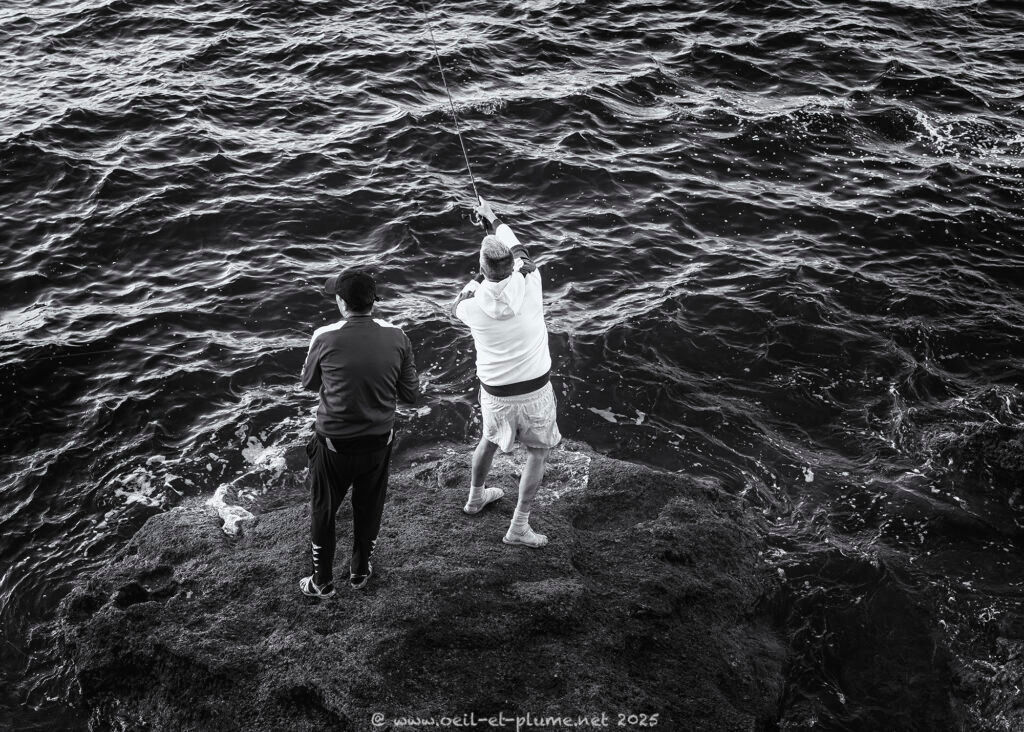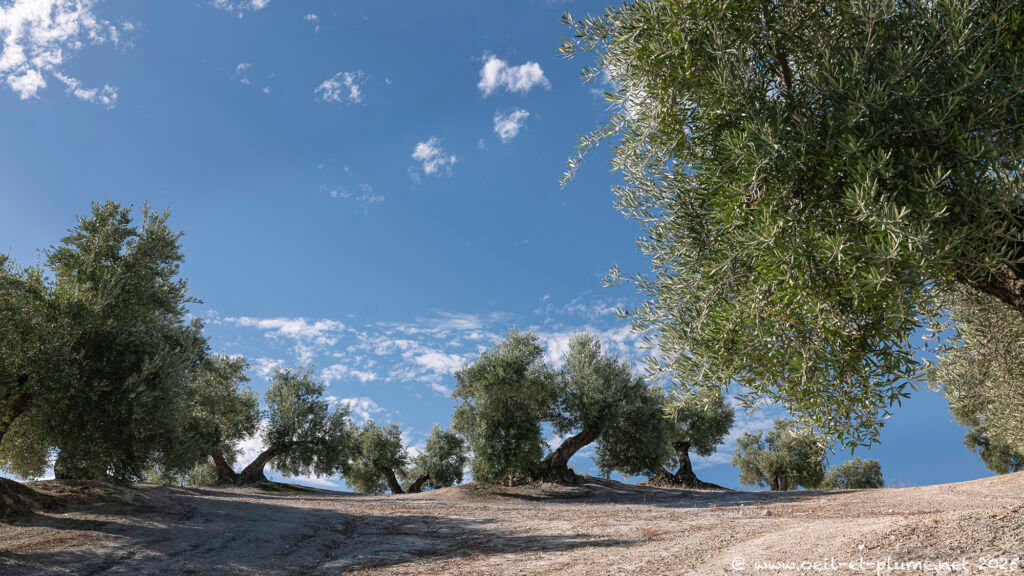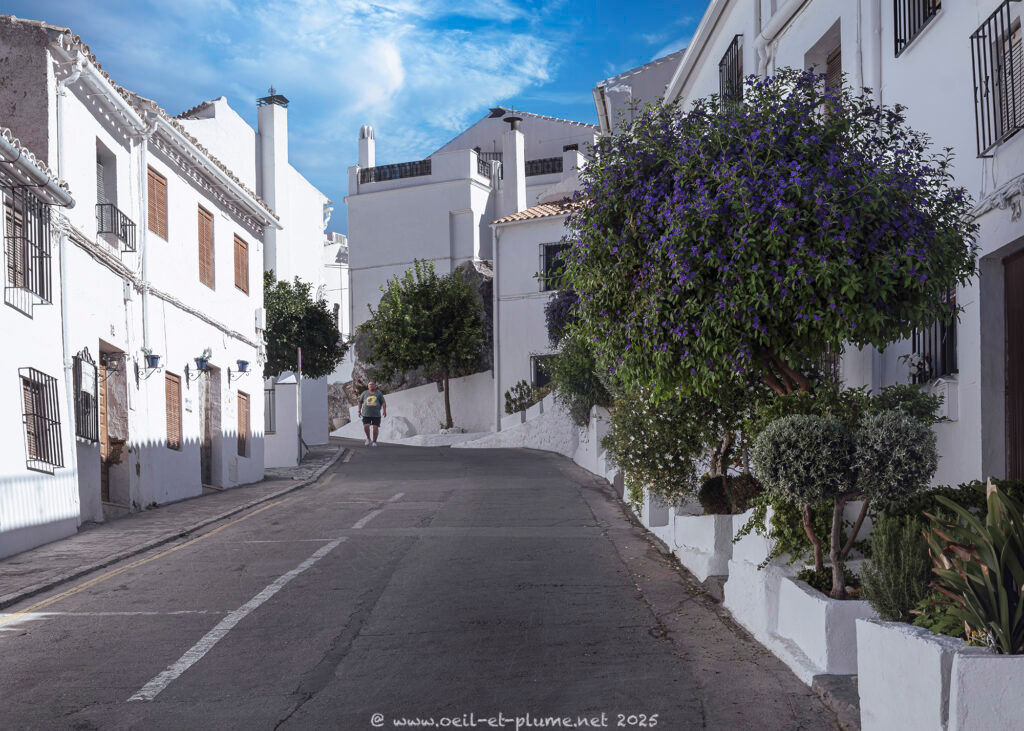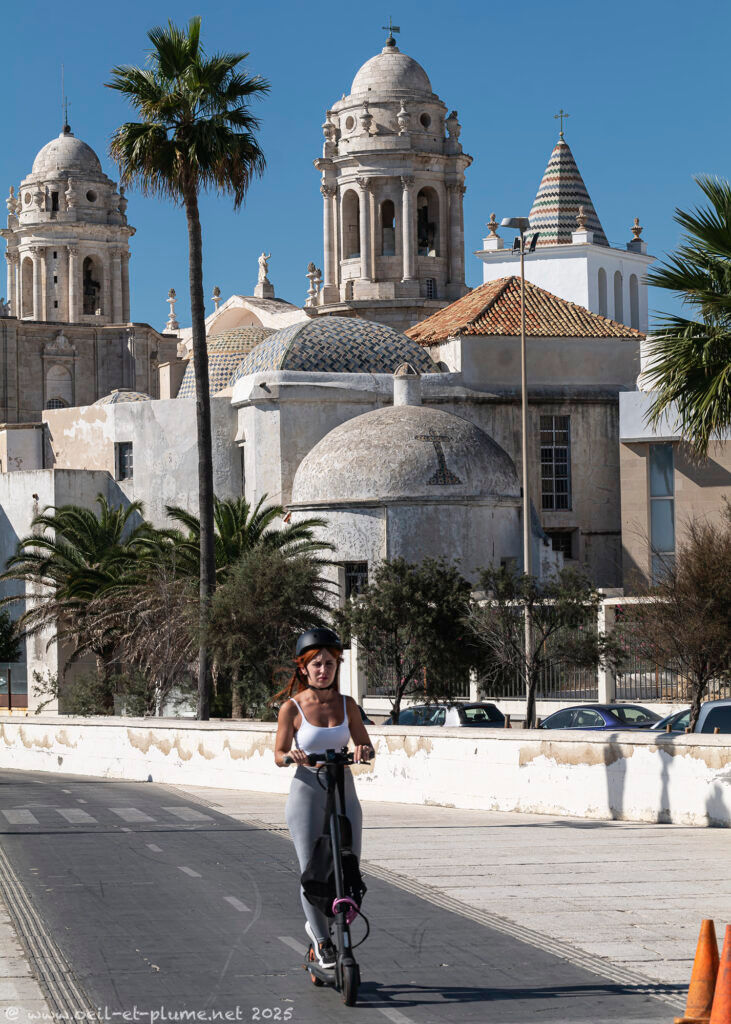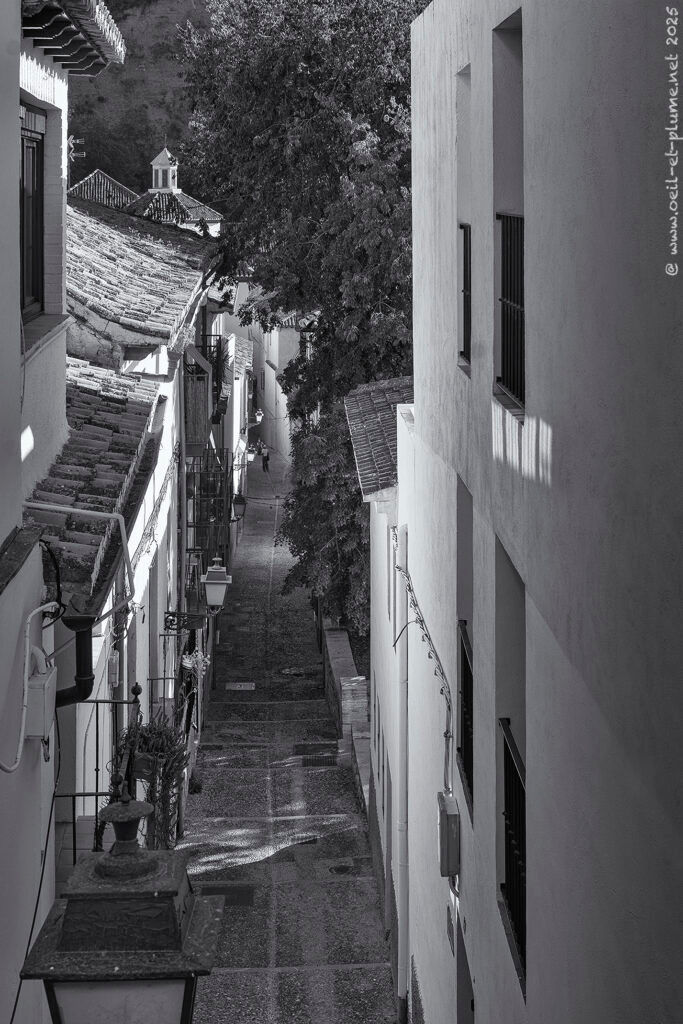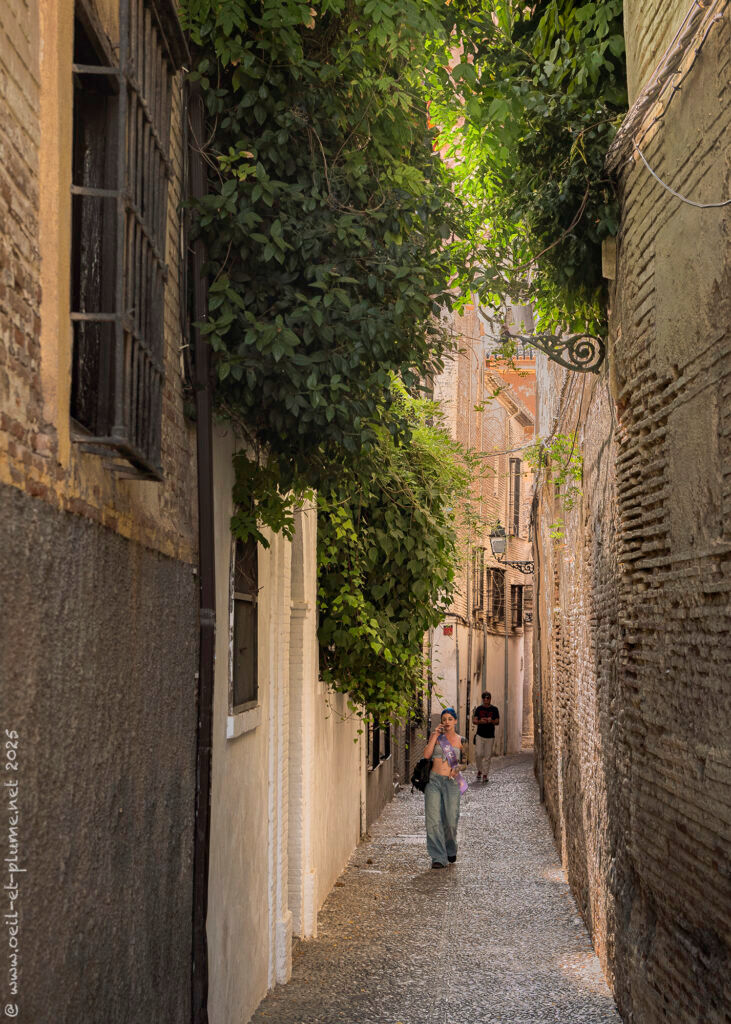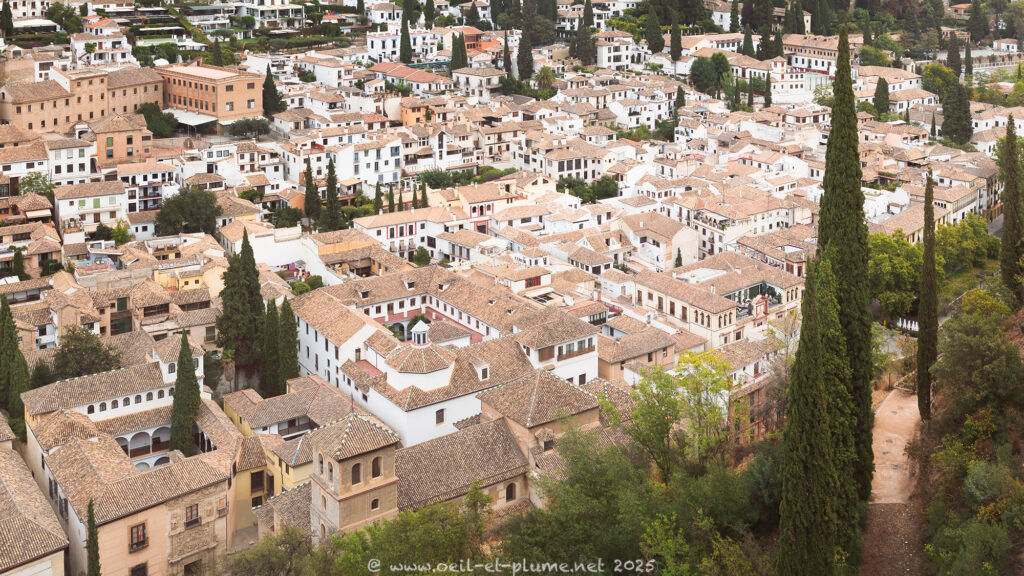Capturing the Andalusian spirit is a demanding endeavour—one my wandering photographic eye and writing hand are eager to embrace.
A crossroads of civilisations, Andalusia has long been a land where distant worlds converged, whether by sea or overland. Phoenicians and Romans carved their myths into its stone; Moorish dynasties wove light and shadow into its palaces; Jewish sages nurtured learning, poetry, and philosophy in its cities; and later the Gypsies, with their fierce grace, braided their songs and their dances into the breath of the land. Each culture left a distinctive legacy, to blend into Andalusia’s shimmering, many-layered soul.
Today, the Andalusian spirit lives in a passionate pulse—joyful, communal, and unafraid of life’s fullness. It rises from Roman courtyards and Islamic arches, from synagogues and chapels, from the campfires of wandering peoples. It shines in Andalusia’s flamboyant architecture, deep-rooted religious celebrations, in the lament and fire of flamenco. It is also tasted in the local rich culinary palette, while sipping the bitter sweetness of sherry.
Sea
Andalusia owes much to the sea. Bordered by the Atlantic to the west and the Mediterranean to the south, it has long stood as a gateway—between Christianity and the Muslim world, between Europe and Africa, between the Old and the New World. To honour this maritime soul, my camera visited Cádiz, the ancient port city that embodies this crossroads more vividly than any other.
Cádiz has always faced the Atlantic with open arms. After Columbus reached the Americas in 1492, the town grew into Spain’s principal bridge to the New World. Here, the ocean is not a horizon but a companion—shaping the light, the air, and the very rhythm of life.
Land
Looking inland, Andalusia opens into a vast expanse of plains and gentle hills, held in place by the distant silhouette of the Sierra Nevada to the north. For centuries, this land has been profoundly agricultural—more so than much of Spain. Olive groves and vineyards stretch across the horizon in immense swaths, shaping both the landscape and the character of Andalusian life. Their fruits have become emblematic: the deep, green-gold olive oil and the wines born of a sun-drenched soil.
Having grown up among vineyards and wineries in Switzerland, my instinct led me out the familiar. Yet it was the endless olive plantations—ancient, geometric, almost hypnotic—that drew my photographic eye. Here, the land speaks in patterns of silver-green leaves and twisted trunks, whispering stories older than memory.
Mountain
Andalusia’s history was far from a serene tale of cultural blending. It unfolded through periods of fierce tension and conflict, especially during the long and turbulent coexistence—between the Moorish kingdoms and the rising Christian powers of the Middle Ages.
Across the rural landscapes, countless defensive castles still stand as witnesses to those troubled times. Perched on hilltops and ridges, they were built primarily to safeguard local rulers, and only incidentally the surrounding communities, taking advantage of the rugged geography.
Today, villages such as Albanchez de Mágina and Zuheros stand as serene havens nestled in the countryside. Their sloping, winding streets invite a natural slowing of pace, encouraging a way of life rooted in quiet pleasure and human rhythm—a gentle antidote to the relentless appetite for speed, money, and productivity that defines much of our modern world.
Urban vibes
To explore and savour the Andalusian spirit in an urban setting, I returned to my beloved Cádiz. Locals, with a blend of pride and affection, call their city “Little Habana” for its colonial façades, its intimate relationship with the sea, and an ambience that drifts toward the tropical.
In its narrow streets and open plazas of the old town, I followed the vibrant pulse of daily life—the colours, the laughter, the effortless conviviality. I found the same spirit in the old town’s atmospheric restaurants, tapas bars and coffee shops, where time seems to loosen its grip and conversation flows as freely as coffee wine, beer.
I explored other major Andalusian historical towns—Sevilla, Cordoba, Ubeda, Granada. The Plaza de España in Sevilla is not only an astonishing piece of urban architecture, but also a vibrant social platform. In Cordoba, my heart was carried away by the cultural richness of the old town. I enjoyed Ubeda as an open cultural museum. I loved crisscrossing the medieval lanes of the Albaicín neighbourhood, former Muslim quarter in Granada.
The Albaicín district is so dense and winding that it virtually excludes motorised traffic. Despite the steep slopes, the narrow lanes of the medieval urban scape invite to urban trekking guided by instinct and curiosity rather than geographical maps. Uphill, the Albaicín stands proudly opposite the Alhambra, as it would defy the power and authority of the iconic Hispano-Moorish fortress that dominates the old Granada.
To continue here.
Cheers,


